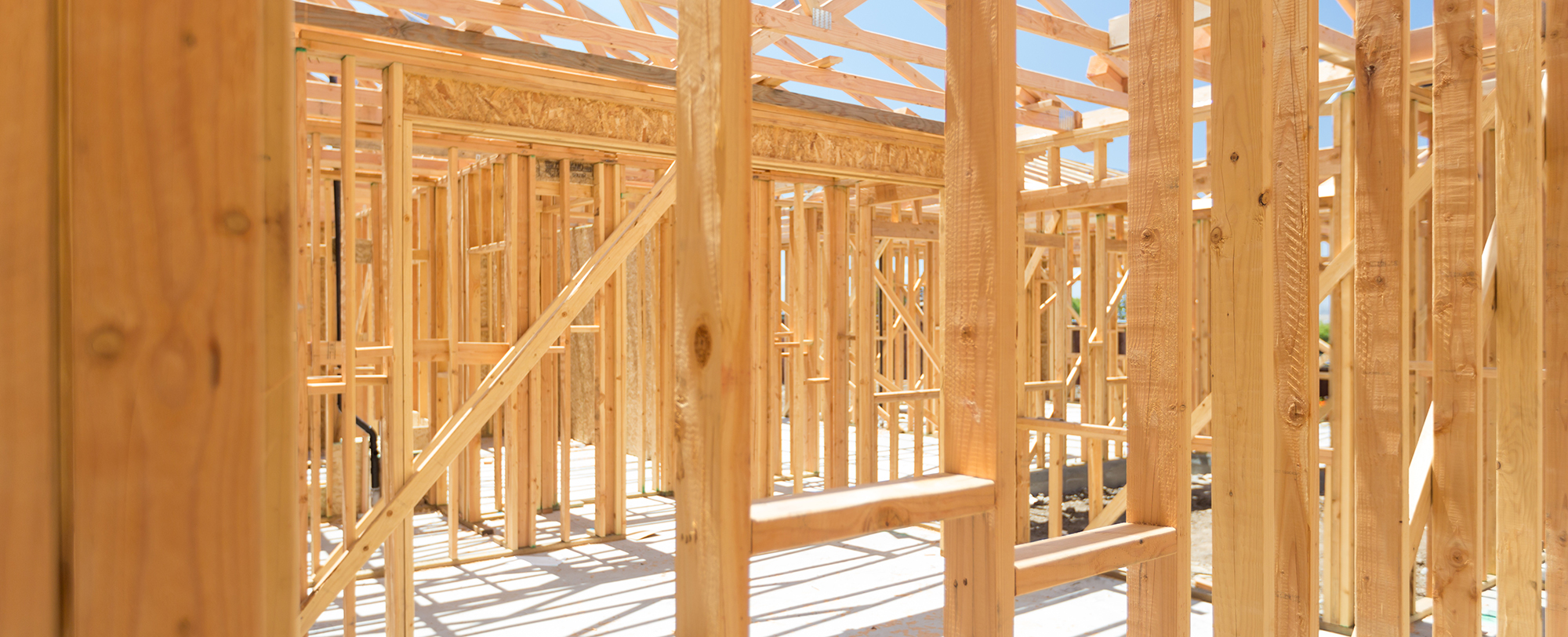
- GSE Features
Fire resistance of wood elements
TECHNICAL FEATURE // Fire resistance of wood elements
The resistance limit states, under fire conditions, are calculated for large cross-section wood elements. To enhance productivity of GSE™ users, the elements cross-sections are automatically reduced during the limit state checks.
Using the defined fire duration of the element and the charring rate, the reduced cross-section is calculated for each member. The fire resistances of elements are verified for the National Design Specification (NDS) and the CSA O86 standards.
With this function, GSE™ users can efficiently design and verify wood elements under fire conditions.
In GSE™ Timber software, large cross-section sawn wood, glulam and SCL members may be verified under fire conditions. The required parameters to calculate the equivalent cross-section properties are in the Fire Protection Parameters menu. This menu includes options to determine the fire protected sides of the member and the fire exposure duration.
Using the properties selected, the char depth is calculated for each exposed cross-section surface.
The fire load combinations may be automatically generated according to the American or Canadian building codes. The forces within those members, calculated during the analysis, are used to check the limit states of the reduced cross-section members.
The verified limit states for the American code are:
• Compression
• Tension
• Bending
• Compression and bending
• Tension and bending
The verified limit states for the Canadian code are:
• Compression
• Tension
• Bending
• Compression and bending
• Tension and bending
• Shear
• Bearing
The limit state results for the fire load combinations are found within the designated tables related to the limit states.

GSE™ Software
3D multi-material analysis and design software for CLT, Mass Timber, Light-Frame Wood, Steel, Cold-Formed Steel, Reinforced Concrete, Automated Slab and Foundation design, and Aluminum.






